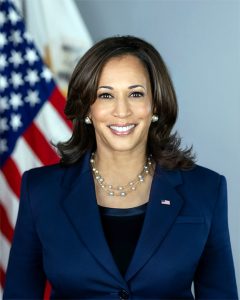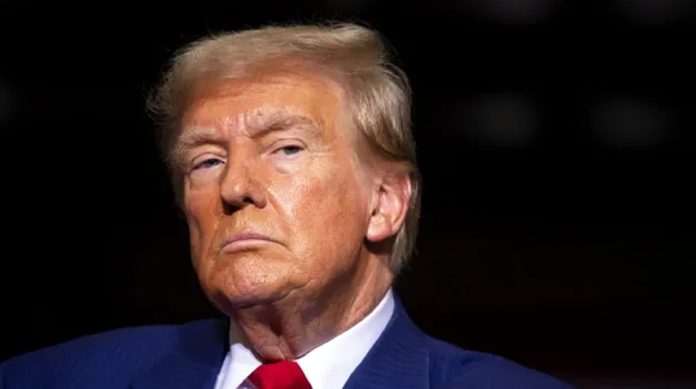
The two main contestants in the United States’ presidential election, the Republican Party’s Donald Trump and Democrat’s Kamala Harris are waiting with bated breath for the outcome of the Tuesday, November 5, 2024 elections.
Several polls have indicated that there is no clear winner, as both candidates are showing strengths in different states.
Over 186 million eligible American voters were expected to cast their ballots across 50 states, through mailing or visiting a polling station.
At the time of filing this report, nearly 100 million people had voted, including early voting and mail, with Kamala Harris voting by mailing and Trump voting in person in Florida.
Apart from the two main contenders, there are four others who make up independent and third-party candidates. They are Cornel West, Jill Stein, Chase Oliver and Claudia De la Cruz.
VOTE-COUNTING
Following the closing of polls at 8 p.m. in all states, counting today, Wednesday, November 6, 2024 with final results expected in some days ahead.
In counting the votes, those cast on election day are tallied first, followed by early and mail ballots, those that have been challenged and then overseas and military ballots.
The US local election officials verify, process and count individual votes in a process known as canvassing.
Counting ballots involves feeding each one into electronic scanners that tabulate their results. But some circumstances require manual counts or double-checked tallies.
BATTLEGROUNDS
In the US presidential elections, there are seven states classified as battlegrounds or swing states, because they have a history of fluctuating between voting Republican and Democrat in elections.
This situation makes these states less predictable than safe states, which consistently favour one party.
These states are Arizona, Georgia, Michigan, Nevada, North Carolina, Pennsylvania and Wisconsin.
Factors including political demographics, population diversity, historical voting patterns, suburban shifts, a high number of electoral votes and close margins contribute to why these states swing and are highly contested.
Due to these factors, both parties invest substantial resources into campaigning, advertising and outreach in battleground states, knowing that even a small swing in voter preference can determine the national outcome.
The final campaigns of Trump and Harris were in swing states. While former president Trump ended his campaign in Michigan, his opponent, who is the sitting vice president, Harris, finished in Pennsylvania.
WHO WINS
The US presidential election is determined through a state-by-state contest, unlike that of Ghana, where a winner is known with a singular national poll.
Founding fathers of America decided to establish an Electoral College under Article II of the US Constitution.
With this system, voters in every US state and District of Columbia decide the outcome of a winner-take-all contest for their state’s electoral votes.
Each state is allocated a set number of electoral votes, in line with the size of its population. For instance, California, with an approximately 39 million population, has the highest electoral vote of 54 electoral votes. On the other hand, North Dakota has a population of about 800,000 and is apportioned three electoral votes.
However, these electoral votes are different from the election of legislators to the U.S. Congress. Members of the House of Senate and House of Representatives are elected through a popular vote in the respective states or districts.
The higher electoral votes a candidate wins in the various states translate into the candidate’s chance of securing victory.
By obtaining a majority of the vote in a state, a candidate collects its allotted Electoral College votes. There are 538 Electoral College votes in total, and the winner needs at least 270 to secure the presidency.
A candidate can win the popular votes, which is the total number of votes cast by individual voters, but that does not determine the outcome of the presidential election directly.
PREVIOUS ELECTIONS
In the US elections of 1824, 1876, 1888, 2000, and 2016, the parties won the presidency without winning the nationwide popular votes.
In 2016, Donald Trump received approximately 62.9 million popular votes (46.1%), and Hillary Clinton had 65.8 million (65.8%).
However, Trump received 304 electoral votes, while Clinton had 227, making Trump the winner of the 2016 presidential election.
In 2020, Joe Biden received approximately 81.3 million popular votes (51.3%) and Trump had 74.2 million popular votes (46.8%).
But in that election, Trump had 232 electoral votes and Biden obtained 306.








